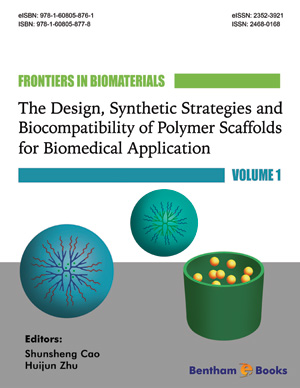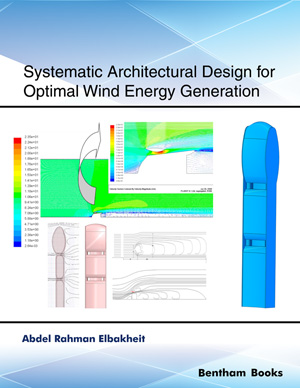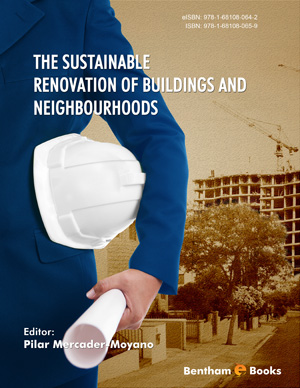Abstract
Bioresorbable polymers represent a valuable choice for the fabrication of innovative scaffolds for tissue engineering applications. However, their actual ability to support the regenerative process needs to be carefully assessed. The extracellular matrix (ECM) is a complex functional structure providing specific cues and it should be replicated to promote an effective tissue regeneration after implantation. In this regard, electrospinning is a straightforward technique for the production of ECM-like scaffolds. Natural polymers might be promising candidates due to cellular affinity, even if affected by fast degradation and low mechanical stability. This limitation can be overcome by means of a cross-linking process, giving a hydrogel-like behavior to the final structure that can be usefully considered for the long-term release of drugs and growth factors.
This chapter is aimed firstly to review the potential of cross-linked electrospun natural polymers. Experimental results of the evaluation of cross-linked electrospun gelatin scaffolds, as suitable substrates to be loaded with vascular endothelial growth factor, are also herein presented.




















